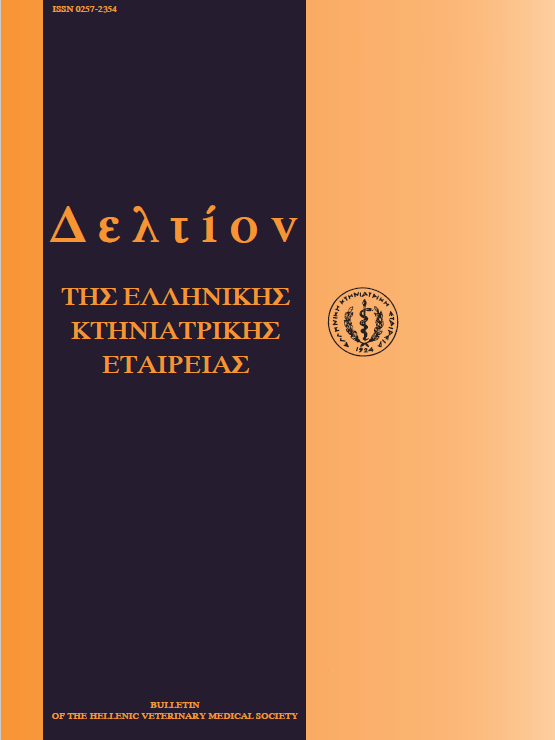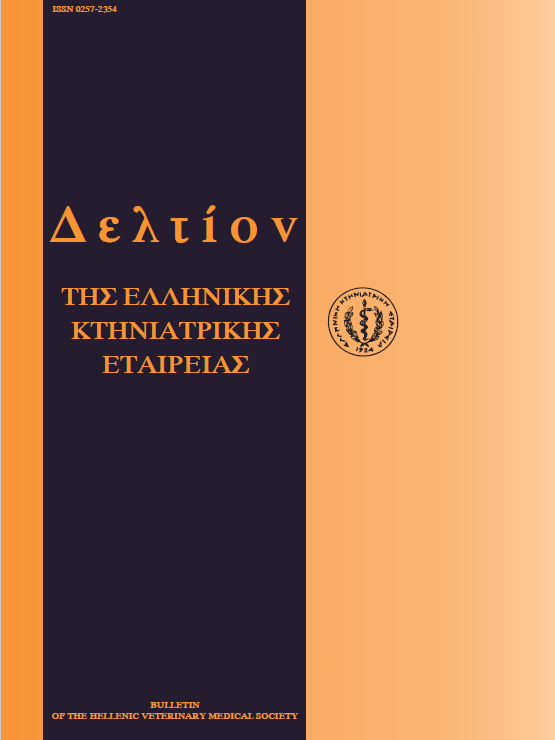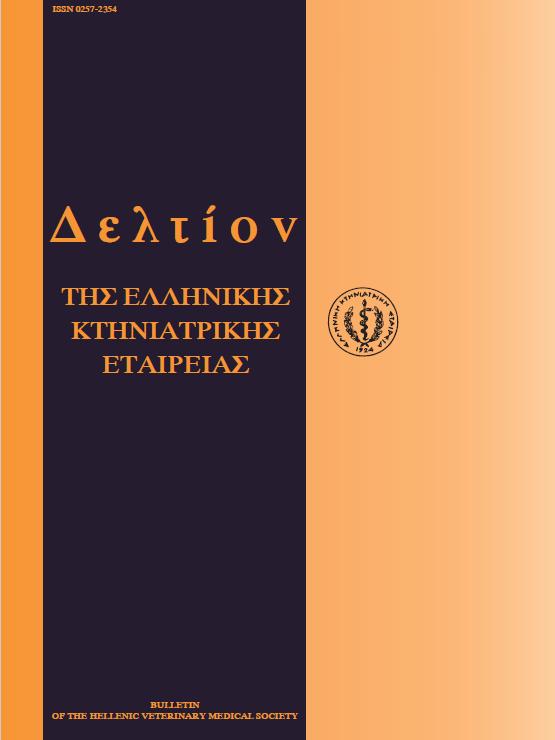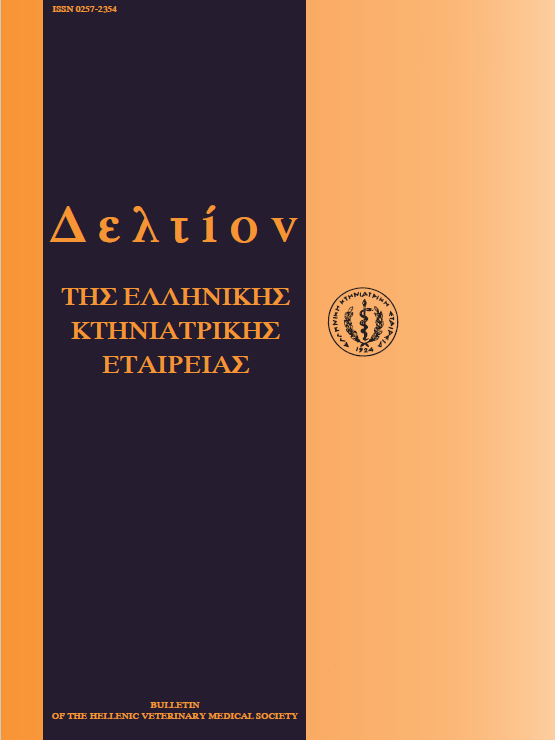Histochemical and biochemical study of rabbit intestine in healthy and affected by epizootic enteropathy animals

Abstract
Rabbits are suffering from Epizootic Rabbit Enteropathy (ERE), a new gastro-intestinal syndrome of unknown aetiology. ERE has not yet been investigated thoroughly from the patho-physiological point of view of the intestine malfunction during the intestine dysbiosis. For this reason, the aim of the present research was to study the haematological profile, the intestine histopathology and certain biochemical parameters (α-amylase activity, blood glucose concentration) of animals affected by ERE in comparison with those of healthy rabbits of the same age. In six healthy and six, affected by ERE, crossbreed New Zealand X California 35-day old rabbits, the following analyses were performed: Total blood count, histopathological morphology of the intestine, alkaline phosphatase (ALP) distribution in intestine brush border and α-amylase activity in blood plasma and small intestine epithelium, respectively. Total blood count showed significantly (at 95% confidence level) decreased values for all blood parameters except for the white blood cell count, which proved to be significantly higher compared in ERE rabbits to that of normal rabbits. The a-amylase activity and concentration in blood plasma and intestinal epithelium were significantly (a=0.05) decreased, in contrast to blood glucose concentration, that was found to be significantly increased in ERE rabbits. Stomach was full of watery content, intestine presented non-specific enteropathy and mainly the small intestine was full of gas and watery content. Caecal and colon presented impaction and mucus was present in the colon. The histopathological evaluation of the ileum, sacculus rotundus, caecum and colon presented, mainly, lamina propria mononuclear cell infiltration and swelling, vacuolation, flattening and denuding of the enterocytes as well as oedematous lymphoid tissues. Duodenum had necrotic villi and deep infiltration with mononuclear and polymorphonuclear cells, within the lamina propria. Also swelling, vacuolation, flattening, enterocytes denuding and oedematous lymphoid tissue were observed. Jejunum had no lesions. The caecum and the colon presented an ALP positive reaction along the brush border of the epithelial cells. The small intestine presented a positive reaction along the brush border of intestinal glands-upper part- cells only and the bases of a few of the villi.
Article Details
- How to Cite
-
XYLOURI (Ε. Μ. ΞΥΛΟΥΡΗ) E. M., SABATAKOU (Ο. ΣΑΜΠΑΤΑΚΟΥ) O. A., KALDRYMIDOU (Ε. ΚΑΛΔΡΥΜΙΔΟΥ) E., SOTIRAKOGLOU (Α. Κ. ΣΩΤΗΡΑΚΟΓΛΟΥ) K. A., FRAGKIADAKIS (Μ. Γ. ΦΡΑΓΚΙΑΔΑΚΗΣ) G. M., & NOIKOKYRIS (Π. Ν. ΝΟΙΚΟΚΥΡΗΣ) P. N. (2017). Histochemical and biochemical study of rabbit intestine in healthy and affected by epizootic enteropathy animals. Journal of the Hellenic Veterinary Medical Society, 59(4), 357–366. https://doi.org/10.12681/jhvms.14970
- Issue
- Vol. 59 No. 4 (2008)
- Section
- Research Articles
Authors who publish with this journal agree to the following terms:
· Authors retain copyright and grant the journal right of first publication with the work simultaneously licensed under a Creative Commons Attribution Non-Commercial License that allows others to share the work with an acknowledgement of the work's authorship and initial publication in this journal.
· Authors are able to enter into separate, additional contractual arrangements for the non-exclusive distribution of the journal's published version of the work (e.g. post it to an institutional repository or publish it in a book), with an acknowledgement of its initial publication in this journal.
· Authors are permitted and encouraged to post their work online (preferably in institutional repositories or on their website) prior to and during the submission process, as it can lead to productive exchanges, as well as earlier and greater citation of published work.







